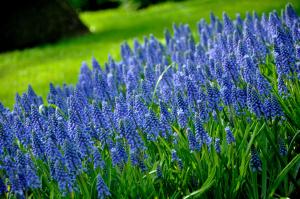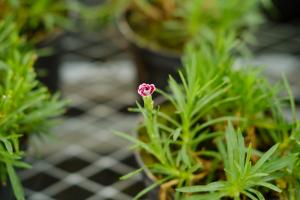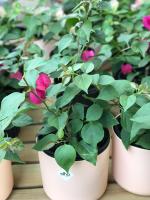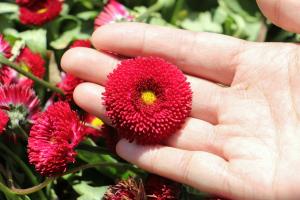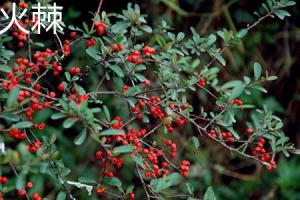1、 Curing method
1. Temperature: the breeding temperature of ginger is between 25 and 28 degrees. If the temperature is lower than 20 degrees, it will affect the germination of plants. If the plants encounter frost, they will directly lose their growth ability
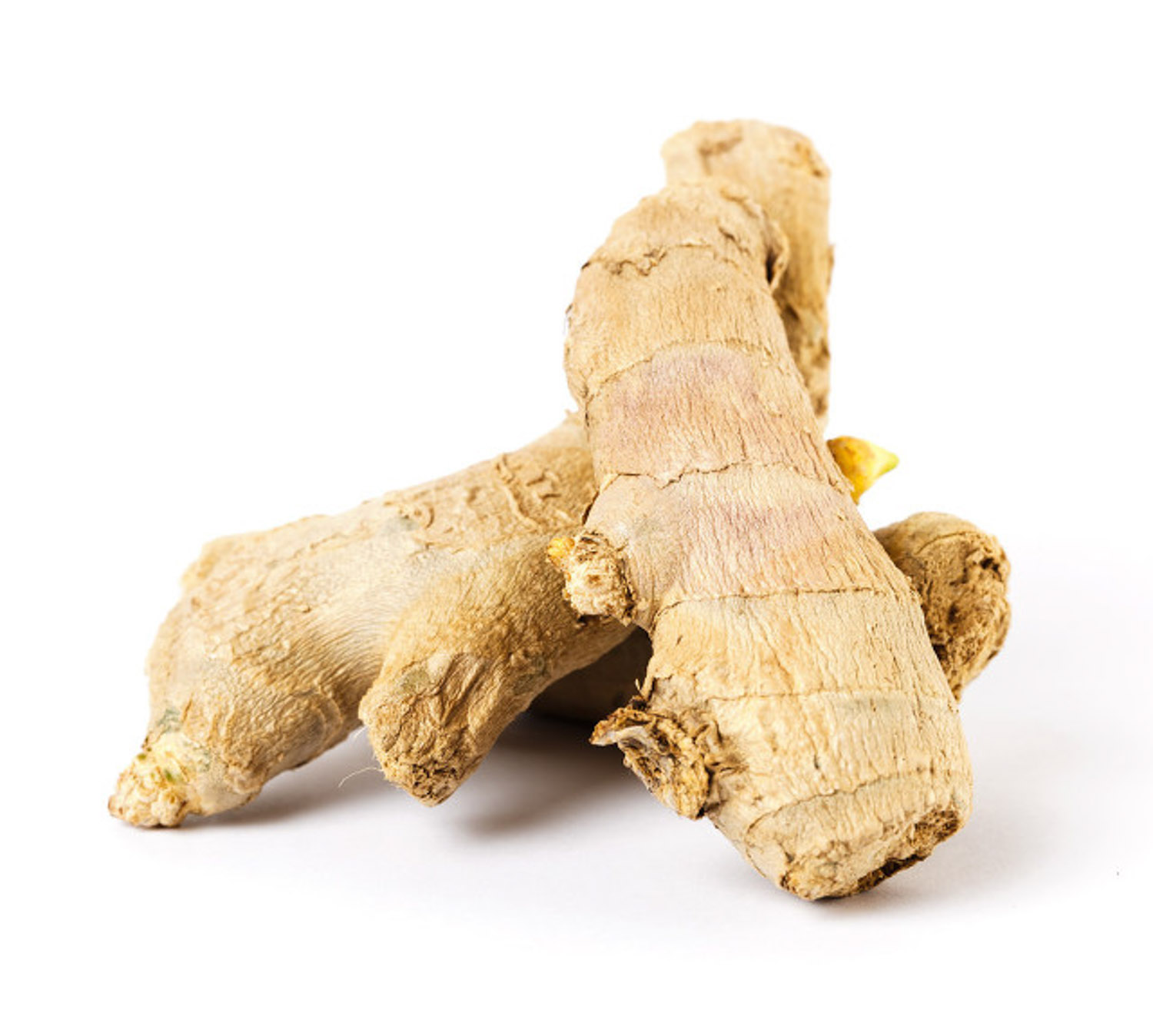
2. Watering: its root system is not developed and is very sensitive to soil moisture, so it is necessary to control soil moisture. It is neither drought resistant nor waterlogging resistant. It is OK to water the soil completely every time. If it is a plant cultivated outdoors, waterlogging prevention should be done in the rainy season. It is necessary to dig a drainage ditch in the field to avoid ponding in the soil
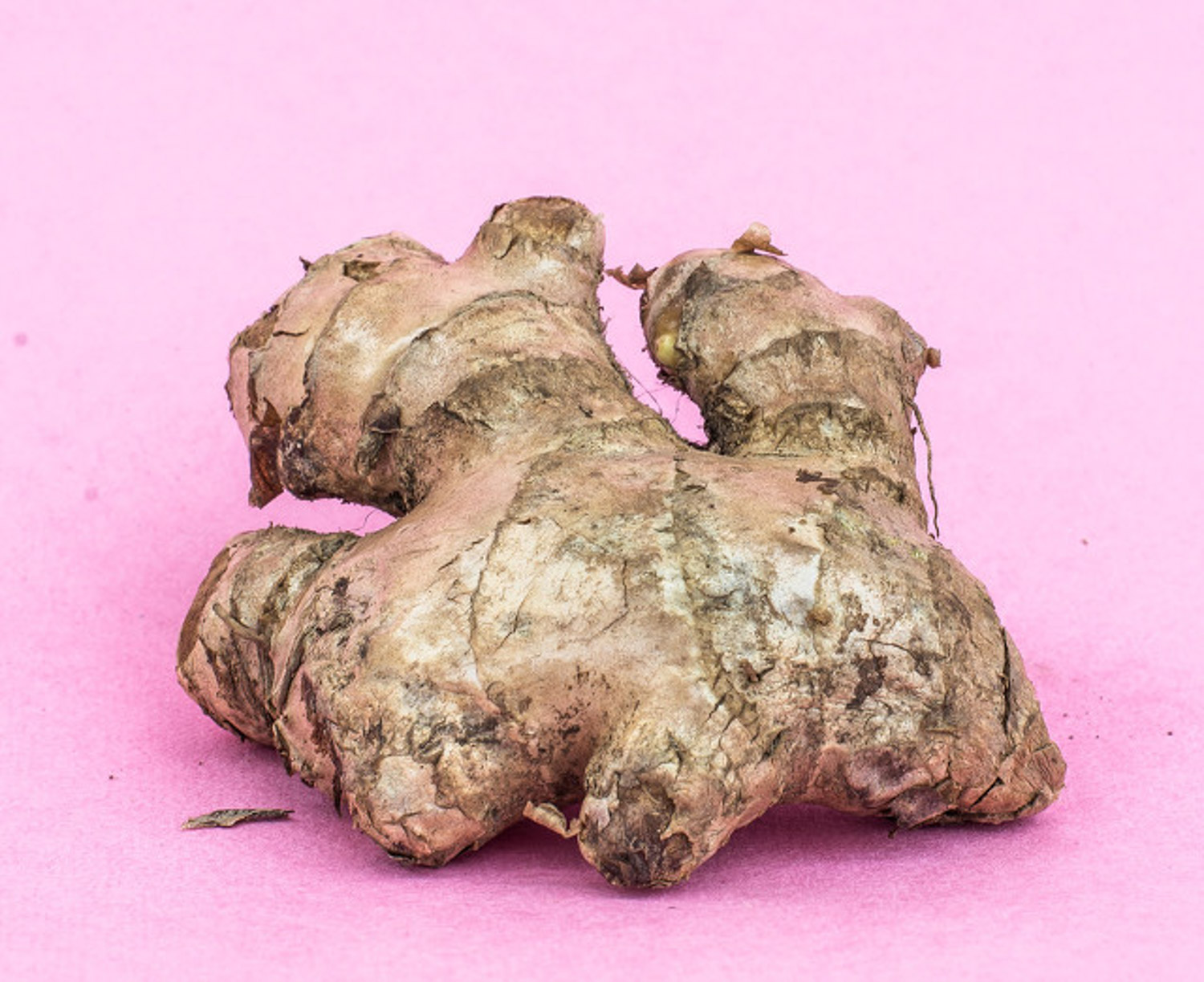
3. Fertilization: it only needs potassium fertilizer, because potassium fertilizer promotes root growth. Potassium fertilizer cannot be directly used for fertilization. It needs to be diluted before use, that is, potassium fertilizer and water. The frequency of fertilization is once a month
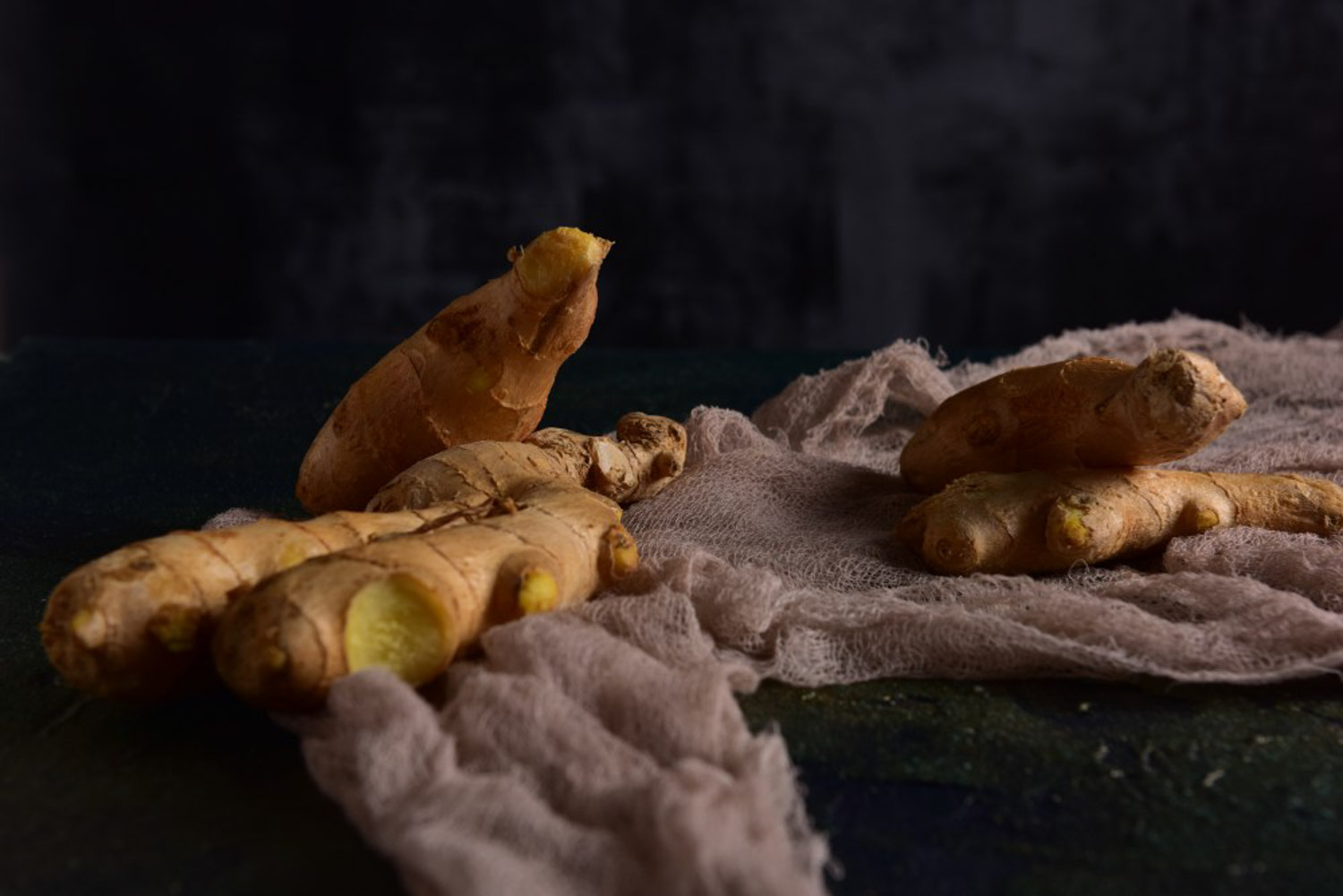
4. Light: it likes shade but not strong light. Therefore, when planting, it should consider using crops for shelter. If it is a potted plant planted indoors, it needs to be shaded. The sunshine time every day should not exceed six hours
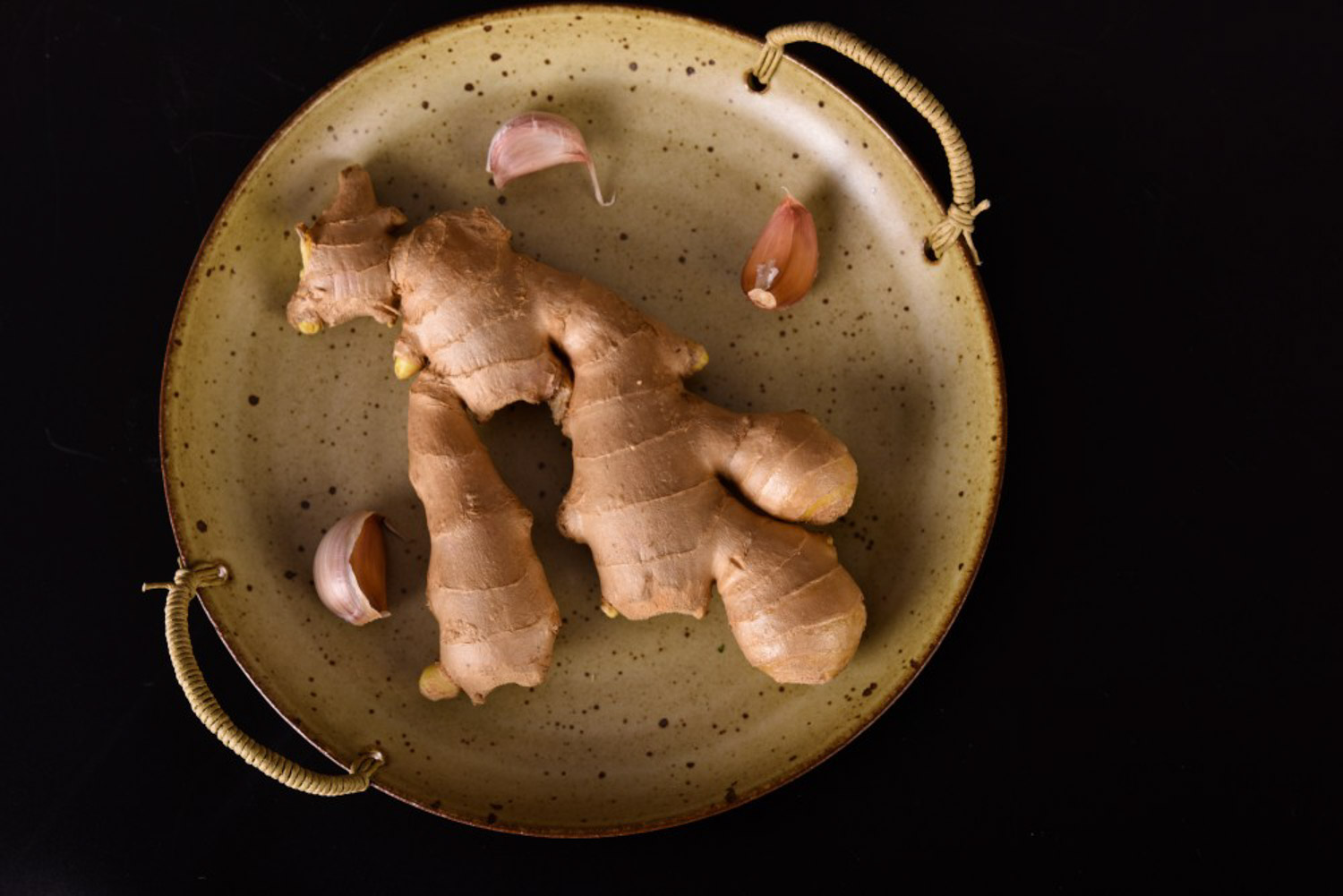
2、 Breeding skills
1. Propagation: ginger can be propagated by rhizome. Choose ginger with full shape and shiny skin. This kind of ginger has good insect resistance and strong resistance. If it is used for propagation, the survival rate is high. Before sowing, the roots and stems need to be disinfected, then dried in the sun, and the plants after the sun are stacked together. After they all grow buds, they can be cut into pieces for planting. It should be noted that there should be buds on each small piece
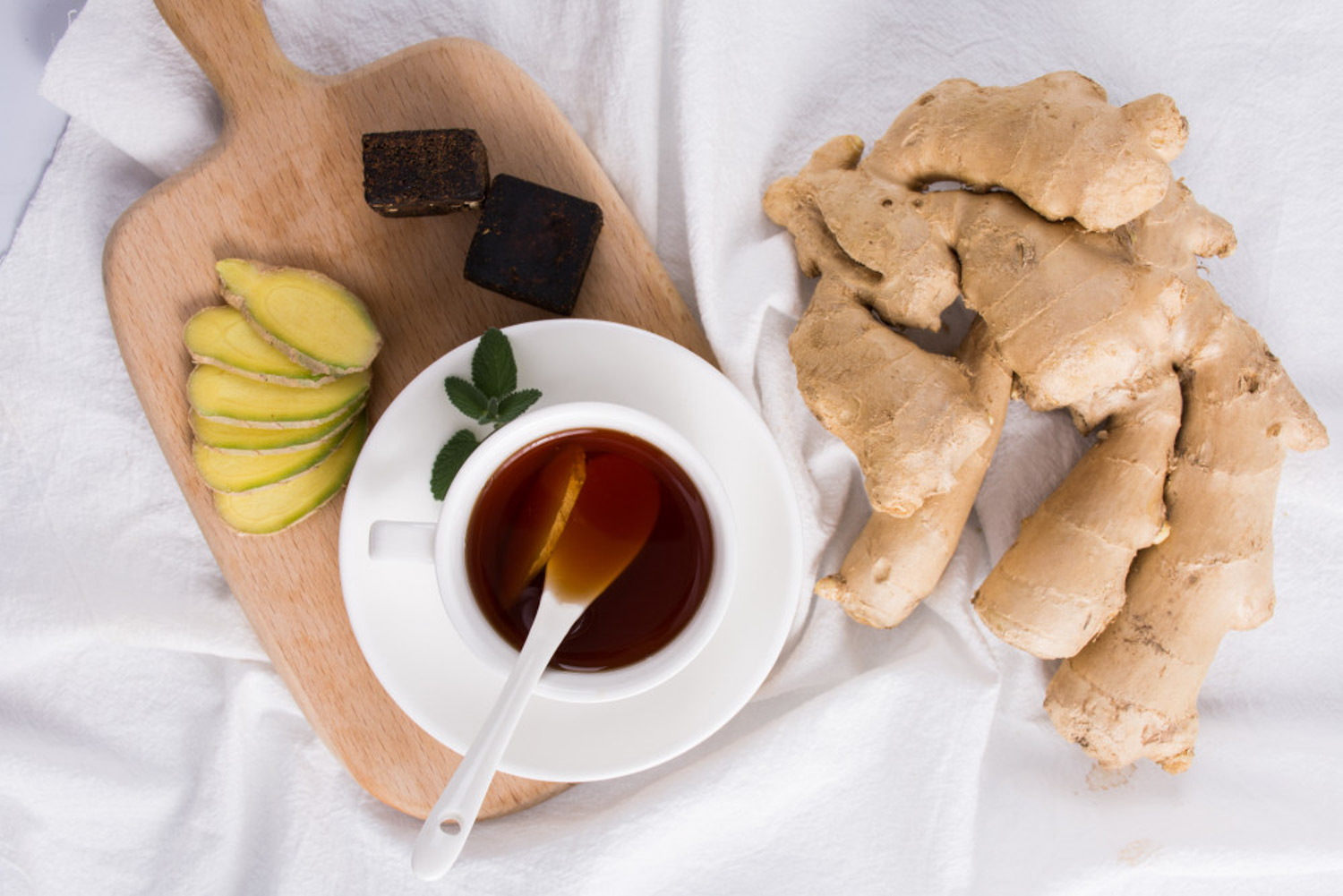
2. Pruning: it generally does not need pruning. It only needs to cut off the dry and rotten leaves. If the branches and leaves are too lush, the redundant branches need to be pruned. The purpose of this is to concentrate nutrients and increase the yield of ginger
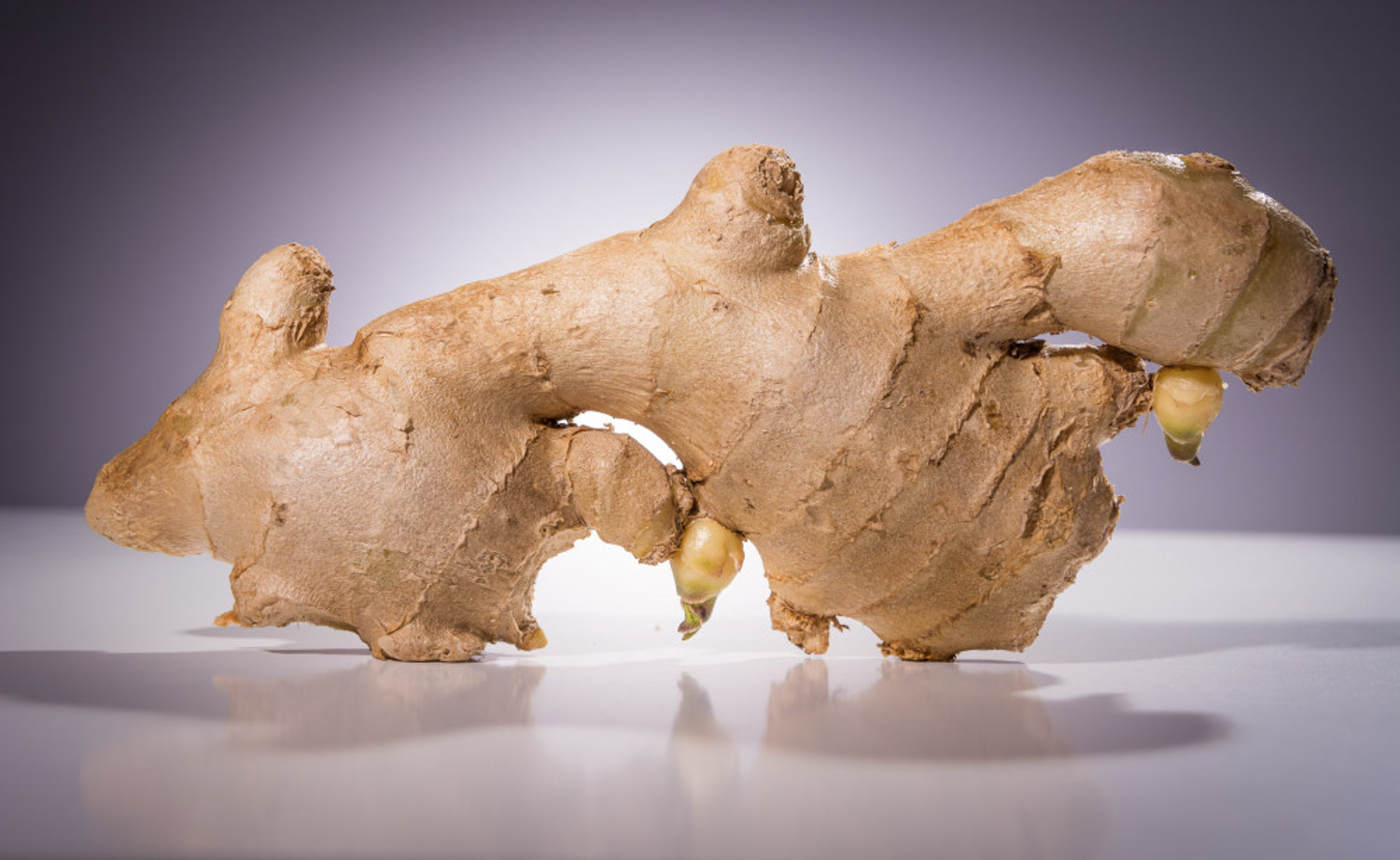
3、 Problem diagnosis
1. Insect pest: the pest that ginger is often infected with is the core worm. To eliminate this pest, it is necessary to spray the insecticide after mixing it with water
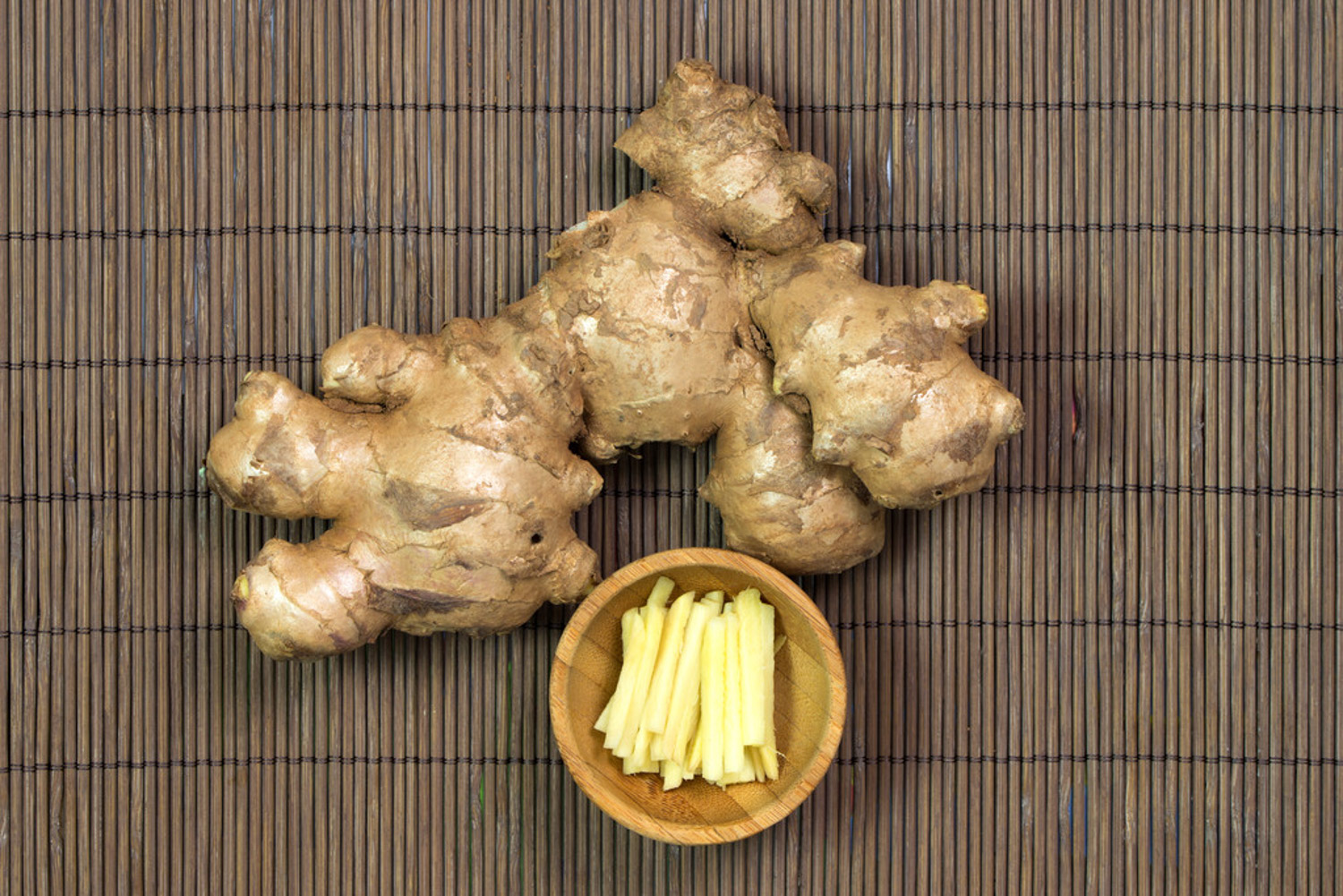
2. Rotten roots: the problem of rotten roots in plants is mostly caused by excessive watering. It is necessary to reduce the amount of watering and drain the soil ponding, so as to solve this problem
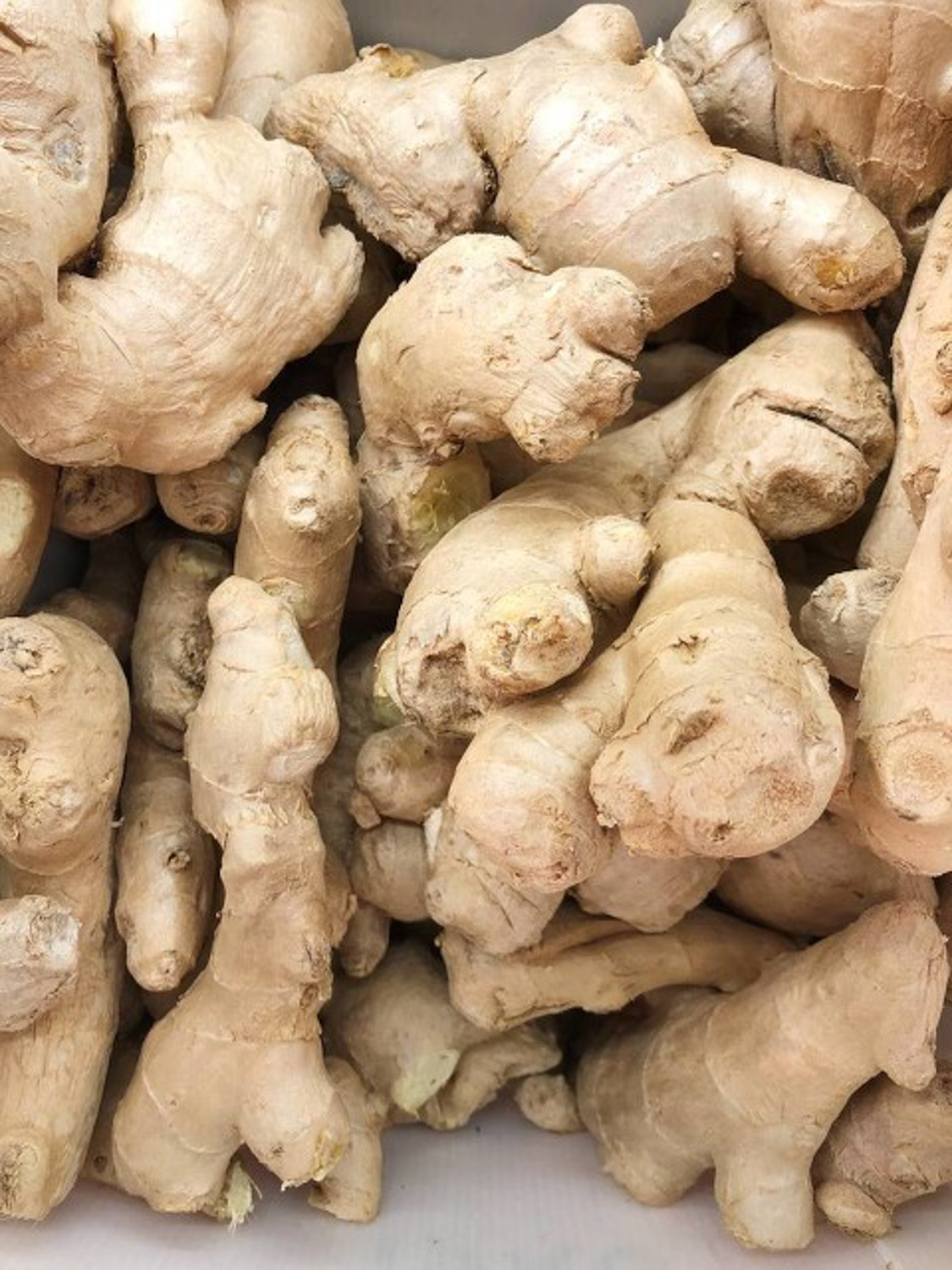
4、 Other issues
1. Toxicity: it is non-toxic. It is not only non-toxic, but also edible. It is a common condiment in our life. It can also be used as medicine. It has the effect of promoting blood circulation and can also treat wind and cold

2. Whether it can be cultured indoors: it can be cultured indoors. Its plant body is small and its smell can repel insects. It meets the conditions of family development
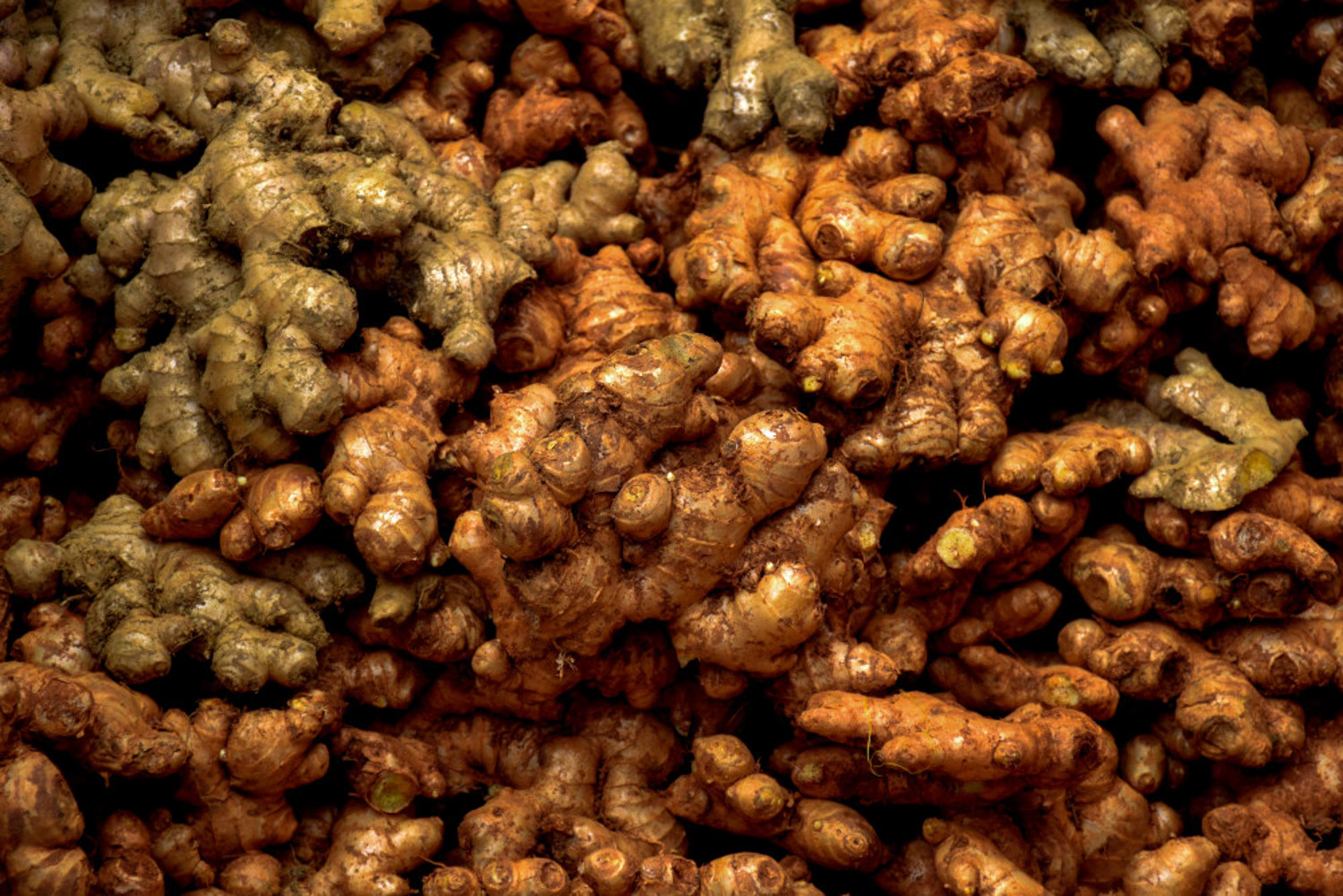

 how many times do yo...
how many times do yo... how many planted tre...
how many planted tre... how many pine trees ...
how many pine trees ... how many pecan trees...
how many pecan trees... how many plants comp...
how many plants comp... how many plants can ...
how many plants can ... how many plants and ...
how many plants and ... how many pepper plan...
how many pepper plan...
